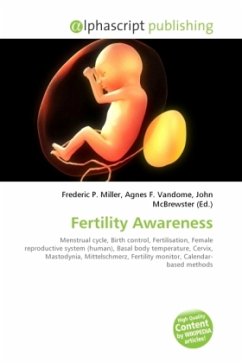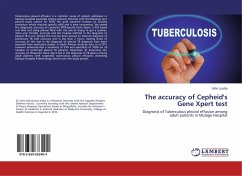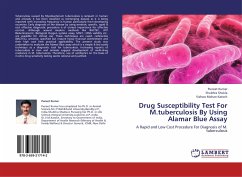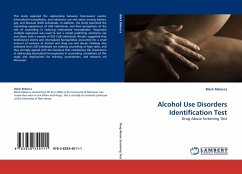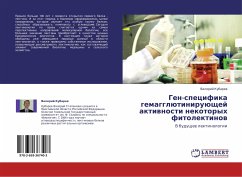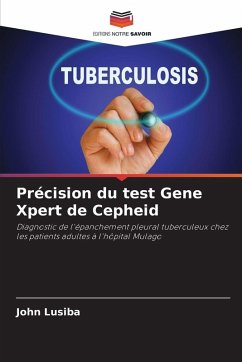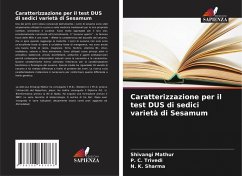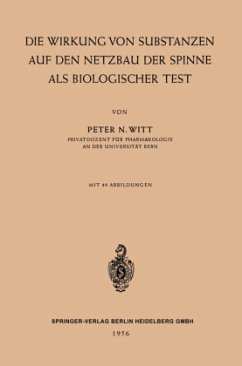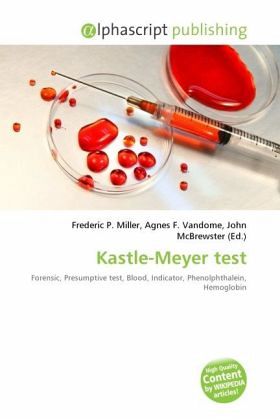
Kastle-Meyer test
Versandkostenfrei!
Versandfertig in 6-10 Tagen
19,99 €
inkl. MwSt.

PAYBACK Punkte
10 °P sammeln!
The Kastle-Meyer test is a forensic presumptive blood test, first described in 1903, in which the chemical indicator phenolphthalein is used to detect the possible presence of hemoglobin. It relies on the peroxidase-like activity of hemoglobin in blood to catalyze the oxidation of phenolphthalin into phenolphthalein, which is visible as a bright pink color. The Kastle-Meyer test is a form of catalytic blood test, one of the two main classes of forensic tests commonly employed by crime labs in the chemical identification of blood. The other class of tests used for this purpose are microcrystal ...
The Kastle-Meyer test is a forensic presumptive blood test, first described in 1903, in which the chemical indicator phenolphthalein is used to detect the possible presence of hemoglobin. It relies on the peroxidase-like activity of hemoglobin in blood to catalyze the oxidation of phenolphthalin into phenolphthalein, which is visible as a bright pink color. The Kastle-Meyer test is a form of catalytic blood test, one of the two main classes of forensic tests commonly employed by crime labs in the chemical identification of blood. The other class of tests used for this purpose are microcrystal tests, such as the Taichmann crystal test and the Takayama crystal test. A presumed blood sample is first collected with a swab. A drop of phenolphthalin reagent is added to the sample, and after a few seconds, a drop of hydrogen peroxide is applied to the swab. If the swab turns pink rapidly, it is said to test presumptive positive for blood. Waiting for periods over 30 seconds will result in most swabs turning pink naturally as they oxidize on their own in the air.



